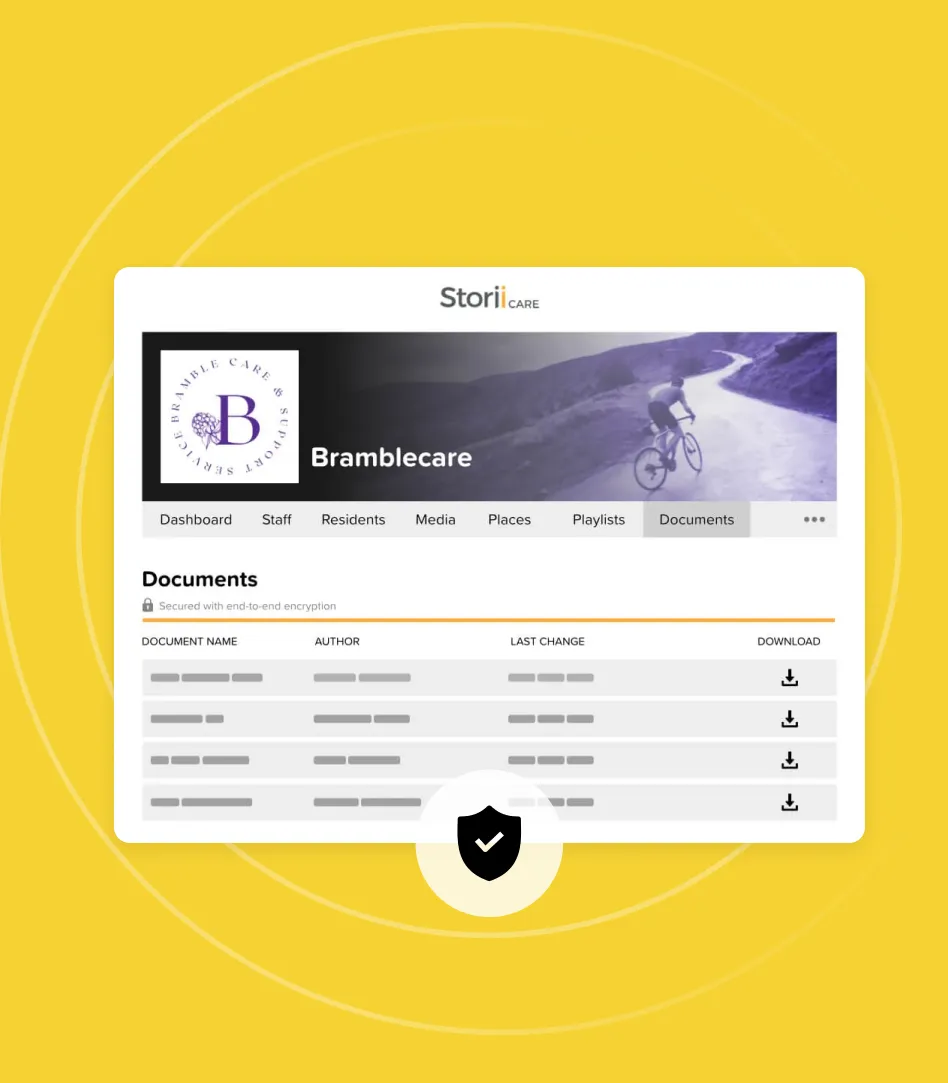What is animal therapy?
Animal or pet therapies are essentially treatment for a wide variety of health ailments through interactions with animals. The presence of animals around vulnerable individuals has been shown to have positive effects on their mental and physical wellbeing. Pet therapies are used by a variety of care providers from nursing homes to care and support services to enhance their clients’ experience.
For example, research from the University of Lincoln found that having a pet support dog led to reduced anxiety, improved communication, and fewer meltdowns for children on the autism spectrum. Additionally, the presence of an autism assistance dog led to an increase in the types of activities the child could do and better days out, in general. There is also a lot of research around the effects of pets on those who live with Alzheimer's or some form of dementia. Studies have shown that the affection of furry friends improves loneliness, irritability, disturbed sleeping patterns, social anxiety, and depression in those who require memory care.
How can a care provider use animal therapy?
Some care providers may have a dog or cat on-site or allow residents to have their own pets. Animals that live in a care home can help new residents transition well to their environment, lowering the likelihood of depression or anxiety. Cats, in particular, have earned a reputation for being able to sense illness and impending death. There are stories of cats staying at a resident’s bedside, offering their comforting presence until the resident recovers or passes away.
If having animals as permanent residents isn’t possible, Activity Directors or Life Enrichment Specialists may opt to hire a pet therapist from a professional company. Then, they can book them to visit as part of their regular activity schedule.
Supported living or Adult Day Care services may have therapy animals or Emotional Support Dogs. Interaction with these pets can simply be part of what they offer the people they support. Alternatively, they may partner with organizations that supply service dogs or support dogs to individuals with disabilities.
What kinds of animals can provide therapy?
Certainly, dogs and cats are the most common animals used in pet therapy. They are also the most easily trained to provide specific types of support to vulnerable populations. However, animal therapy can extend far beyond these two. Bunnies, birds and guinea pigs aren’t uncommon in residential care settings. These are all animals that can easily be caged when needed. Birds provide a soothing sound.
Chickens have also been making their way into residential settings with appropriate outdoor environments. The processes of gathering eggs, feeding chickens, cleaning the coop, and hatching eggs in an incubator are all things that can get residents involved in an activity, create a beloved routine, or add a sense of purpose to someone’s day.
Horses are another animal that has a healing effect. Equine therapy builds emotional awareness, impulse control and social skills in adults and children with mental health conditions.
Getting started with animal therapy
If you want to offer the benefits of animal therapy to your service users or residents, there are many options outside having them in your care setting.
- Visit farms, horse stables, animal shelters, animal sanctuaries, or petting zoos for a fun day out
- Contact a charity that offers animal therapy and whose staff will bring their trained and vaccinated animals along to be held, pet and enjoyed by your residents
- Run an animal workshop for your service users to encounter different types of animals they might find therapeutic
If you do want to get started by having a pet as part of your service, preparation is key. Introducing a new animal to your care setting could have negative impacts on those in your care who have allergies or experienced a traumatic event with a certain type of animal. Ensure that you have policies and procedures in place to cover all eventualities, including who is responsible for cleaning up after and maintaining the wellbeing of the animal.




.png)
.png)
.png)










